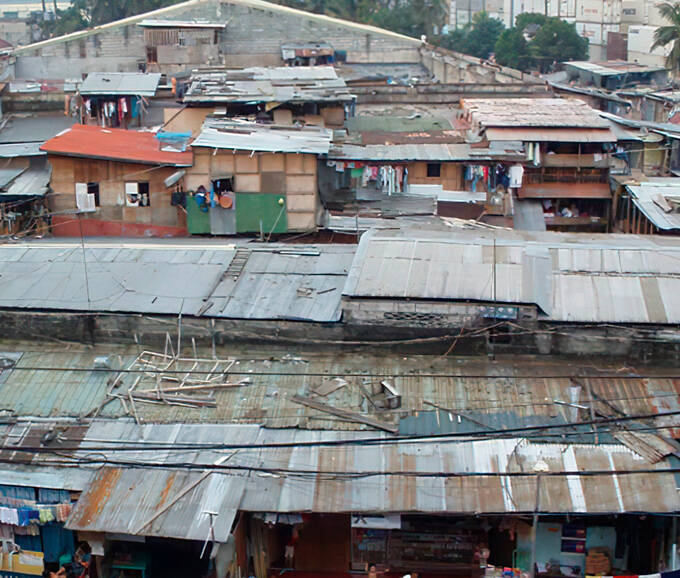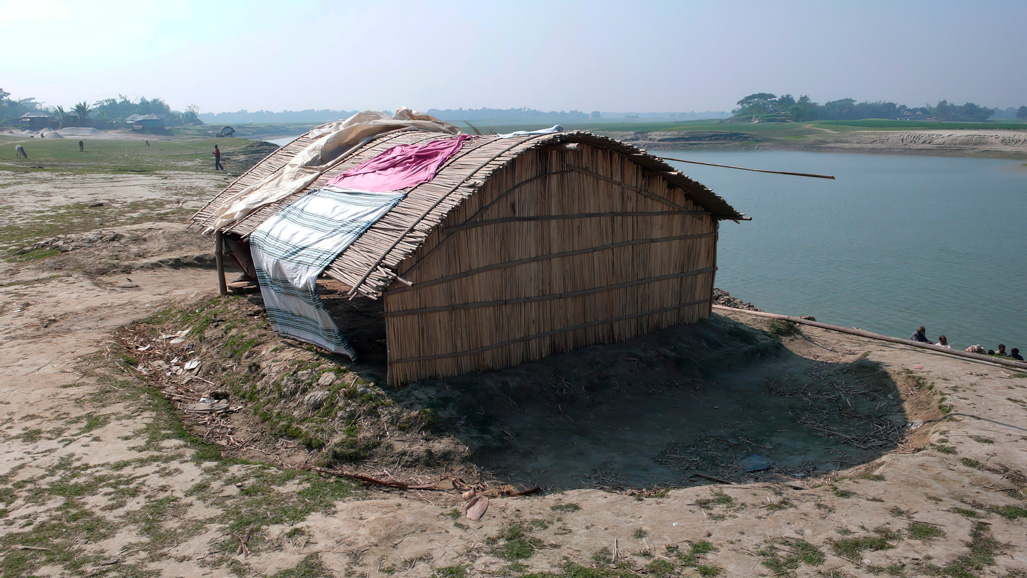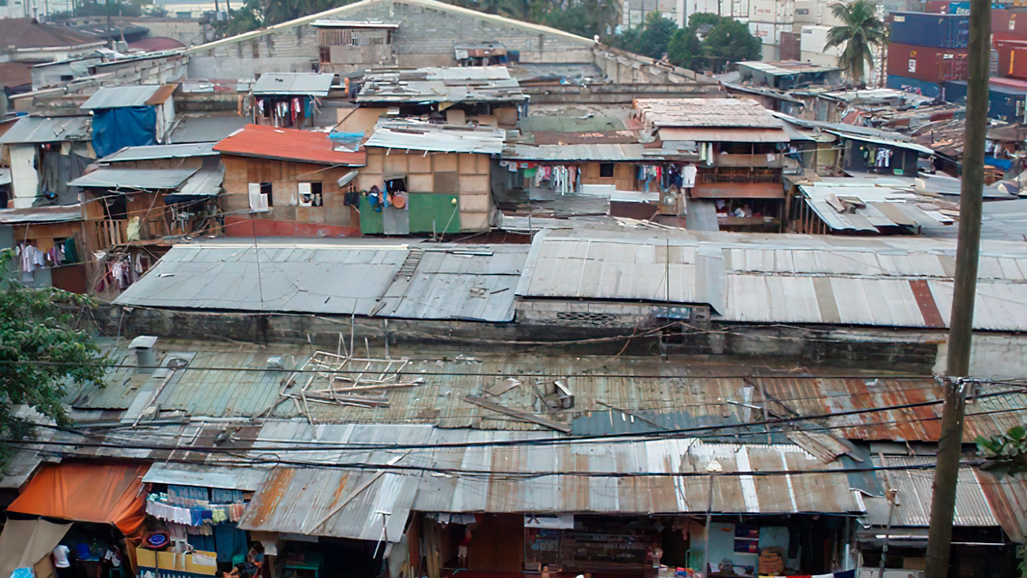Despite the obvious nexus between housing and shelter, the two sectors are faced by a great divide which may limit our capacity to act. The two sectors are driven by different entities with different philosophies, strategies and terminology.
While housing is traditionally seen by most families as a place of social and physical significance, it is more often viewed by governments and development actors as a family’s financial asset—one that is incentivized by government policy, yet developed and financed largely by the private sector. Furthermore, housing has a complex value chain which requires land titles, infrastructure, financing, and permits. Even affordable housing is costly, and a house is often the most expensive asset a family owns. These factors are among a few that may explain the global tendency of the humanitarian response sector to not get involved in the complexities of ‘housing’ as they focus on more urgent shelter needs.
Shelter, on the other hand, is somehow seen and spoken about as completely removed from the housing sector—an unlinked form of emergency or temporary assistance provided by government or non-governmental humanitarian actors following disasters. Many of these actors consciously or unconsciously see shelter as just another aid item that can be standardized, prepacked, pre-stored, then “trucked and chucked” when disaster strikes.
While government actors, such as departments of planning, housing, building codes, and licensing boards, and private sector actors like investors, developers, real estate agents, builders, and multiple trades, are involved in the housing sector, the shelter sector is dominated by National Disaster Management Agencies and other government departments involved in emergency response, like Public Works, Social Welfare, and Civil Defense, as well as by NGOs, tent suppliers, and logistics and distribution agencies.
For households affected by disasters, shelter and housing are clearly and intricately interlinked. Most assume shelter assistance aims to help displaced people transition from an inadequate, insecure and temporary state of homelessness to a state of durable, sustainable and secure housing. Family with a home. In developing nations in particular, the distinction between shelter and housing can be even blurrier. The boundaries between adequate and inadequate, durable and temporary, legal and illegal, or rental versus ownership are often far less obvious
To bridge the gap, post-disaster shelter programs must focus on aiding displaced households back into permanent, safe and secure housing, while also prioritizing immediate humanitarian needs. Shelter programs should consider the long-term future beyond a rapid return to pre-disaster housing—which by definition proved itself to be inadequate. This would require shelter programs to invest in safety, tenure, durability and resilience, and even on improving property rights, access to finance, mortgages and insurance, and improvement and enforcement of building codes.
Unfortunately, humanitarian practitioners are often unfamiliar with the language and practices of real estate and finance and shy away from long-term programs that repair or reinforce homes to withstand future disasters.
On the other hand, housing practitioners are often engrained in the impossible task of stretching affordability of market-rate housing, which rarely reaches even the lower-middle class in emerging markets. Formal homeownership, or even affordable formal rentals, remains a pipedream in far too many countries. By focusing on the poorest, the shelter community is already rich with solutions that can provide policymakers with alternatives to new housing construction and mortgage subsidies, while the housing upgrade and financing community can bring added value to ensure the greater long-term impact of shelter solutions.
It is clear that shelter and housing sectors have a lot to learn from each other. Miyamoto is proud to bring both disciplines under one roof with Dave Hodgkin, who has two decades of experience leading post-disaster shelter programs, and Olivia Nielsen, who has developed housing policies in over 35 countries.
From Haiti to Afghanistan, we hope to contribute this unique combination of expertise to develop long-term housing solutions that can permanently restore the lives of families who have lost their homes during a disaster. It is time to bridge the housing-shelter divide and ensure that the development community puts in place lasting housing solutions for all.
Follow us to find out how we are developing permanent housing solutions in Haiti, Afghanistan and beyond.




